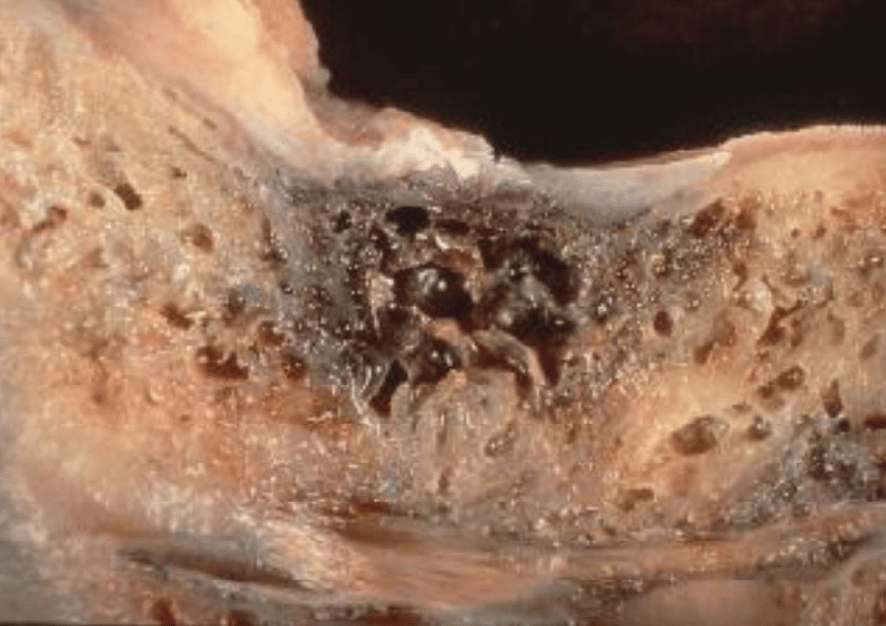Cavitation
What is a Cavitation?
A cavitation is a hole in the bone, unsually where a tooth has been removed, and the bone has not healed/filled in properly. It is an area of osteonocrosis (dead bone), that has a sponge-like quality of very low bone-density.

What’s Hiding Inside?
Inside a cavitation, anaerobic bacteria flourish and deviant cells multiply. Cavitations act as a breeding ground for bacteria and their toxins. Research has shown these bacterial waste products are extremely potent and result in digestion problems, chronic fatigue, general feeling of malaise, and other chronic health problems. They often have high levels of Rantes (CCL-5), a protein that has been linked to cancer, MS, Parkinson’s etc, etc in recent studies. Cavitations can also caused blockages on the body’s energy meridians and can exert far-reaching impact on the overall system. Investigation has revealed that some cavitations are reservoirs of huge amounts of mercury. Cavitations may be a source of low-level or high-level stress on the entire body.
How do we fix them?
Traditionally, these are corrected by surgical intervention where they are debrided, cleaned with laser, ozone, ultrasonic, etc. Then a-PRF is placed, which is a supercharged healing clot made from the patients own blood, then held in place with dissolvable sutures. There is an alternative treatment using ND:Yag laser to non-surgically treat the affected area 2-3 times over a period of a few months. This method has shown great promise and many patients have felt an noticeable difference in how they feel afterwards. However, there is no long-term data nor research done on this method and currently I am one of 2 or 3 dentists in the country using this technique.
